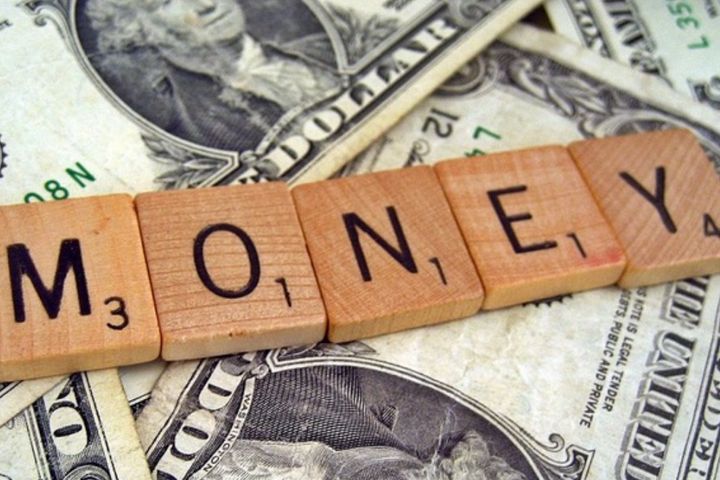 First Half Sees Most Balanced Forex Supply and Demand in Three Years, SAFE Says
First Half Sees Most Balanced Forex Supply and Demand in Three Years, SAFE Says(Yicai Global) July 20 -- Overall supply and demand on China's foreign exchange market was mostly balanced in the first half, compared with other periods of the last three years, Wang Chunying, spokesperson for the State Administration of Foreign Exchange, said at a press briefing today.
In the first half, the global economy continued to recover while the international financial market remainder stable, she added. The rise in China's economy became more noticeable with improvements in economic stability, coordination and sustainability.
The yuan's exchange rate stayed stable. SAFE focused its efforts on facilitating cross-border trade and investment while steadily pushing the 'two-way' opening of financial markets to boost real economic growth. It has also made efforts to tighten monitoring of transnational capital movements, strengthen forex regulation, crack down on illegal forex transactions and safeguard stability in the forex market and national finances.
Deficits in forex settlement and international payments in the banking sector fell significantly, Wang continued. The total value of settlement transactions rose 6 percent on the year, while sales decline by 4 percent to give a deficit of USD93.8 billion, 46 percent lower than the same period last year. Foreign currency payments received by Chinese banks on behalf of customers grew 3 percent, while outbound payments fell by the same amount. The international payment deficit came in at USD84.2, down 50 percent on the year.
The first two months saw surpluses in international receipts and payments processed by banks, followed by an average monthly deficit of USD5.9 billion from March through June. In January, the forex settlement and sales deficit was USD15.6 billion; it then fell to average USD11.2 billion over the next five months. Factoring in spot and forward foreign exchange settlements and options, forex supply has roughly equaled demand in China since February.
One indicator of companies' willingness to purchase foreign currencies, the forex sales ratio, or ratio of foreign purchases by bank customers against forex payments, slipped to 68 percent in the first half, 9 percentage points less than the same period of last year. The ratio stood at 68 percent in the first quarter and dropped to 67 percent in the second, suggesting foreign currency financing has rebounded steadily as domestic companies became more rational with foreign currency purchases and fewer companies were willing to buy external currencies to repay debts.
The total value of outstanding foreign currency loans rose by USD7.1 billion, compared with USD58.3 billion decline recorded for the same period in 2016. The balance of importer cross-border financing activities, such as overseas refinancing, increased by USD13.8 billion, with foreign currency balances rising by USD26.2 billion.
The forex settlement ratio, an indicator of the demand for foreign exchange settlement that measures bank customers' foreign currency sales as a percentage of their foreign currency receipts, was 62 percent, up 1 point from the first half of 2016. The ratio was greater in the second quarter, suggesting market participants are more willing to make foreign exchange settlements. Foreign currency deposits of individual citizens fell USD1.7 billion in the first half, compared with USD12.9 billion recorded for the same period last year.